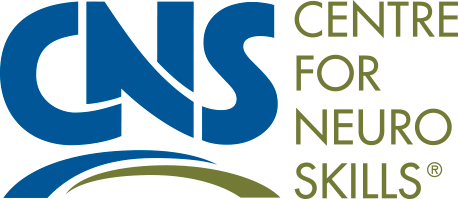Preventing Heat Exhaustion and Stroke
Awareness and Prevention Methods for Heat Exhaustion and Stroke
With summer weather arriving, there are a few things to remember about the dangers of heat related syndromes, including heat stroke which can lead to coma, irreversible brain damage, and death. Patients with brain injury can be particularly vulnerable to the dangers of heat exposure, and should be advised about methods to prevent serious illness and, potentially, further brain damage.
The body cools itself mostly through evaporation of sweat. This method is made difficult under the following conditions: dehydration, high humidity, drinking alcohol while exposed to hot weather, and working or exercising in hot weather without being acclimated to the temperature. This article discusses heat exhaustion and heat stroke, two syndromes that can be identified, treated, and prevented by knowing how to respond.
Heat Exhaustion
Causes:
o Engagement in strenuous activity
o Overexposure to hot weather combined with high humidity
o Excessive clothing, especially materials that don’t allow sweat to evaporate
Signs and Symptoms:
o Heavy sweating but skin is cool
o Faintness and dizziness
o Fatigue with weak and rapid pulse
o A drop in blood pressure upon standing
o Muscles cramps, nausea, headache
Those at higher risk:
o Children under 4 years old
o Adults over 65 with illness and/or medications which may inhibit body temperature regulation
o Obese persons, as obesity can cause a tendency to retain body heat with poor temperature
Solution:
o Stop all activity, loosen clothing, and rest in a cool place
o Drink cool water or sports drink
o Apply cool water to skin but do not apply alcohol to skin
Heat Stroke or Sun Stroke
Causes
o Persons with impaired cooling mechanisms
o Engaging in exertional activity in hot, humid weather
o Inadequate hydration, significant loss of electrolytes (salts)
o Brain no longer able to regulate core temperature
o Disturbance in blood circulation leading to shock
Signs and Symptoms:
o Body core temperature (rectal) at 104 degrees Fahrenheit (40 degrees Celsius) or higher
o Skin flushed, hot, dry
o Dizziness, abnormal mental status (confused, hallucinations)
o Loss of consciousness for longer than a few seconds
o Rapid heart rate, difficulty breathing, and possibly hyperventilating
o Seizure
o Severe vomiting and diarrhea
Those at higher risk:
o Normal persons engaging in strenuous activity and not acclimated to hot, humid weather
o Children under age of 4 years
o Persons unable to modify temperature to cool inside environments
Solution:
o Immediately call 911 or transport person to hospital
o While waiting for paramedics:
- Keep person in air-conditioned or cool environment
- Remove any unnecessary clothing
- Apply cool water to skin

